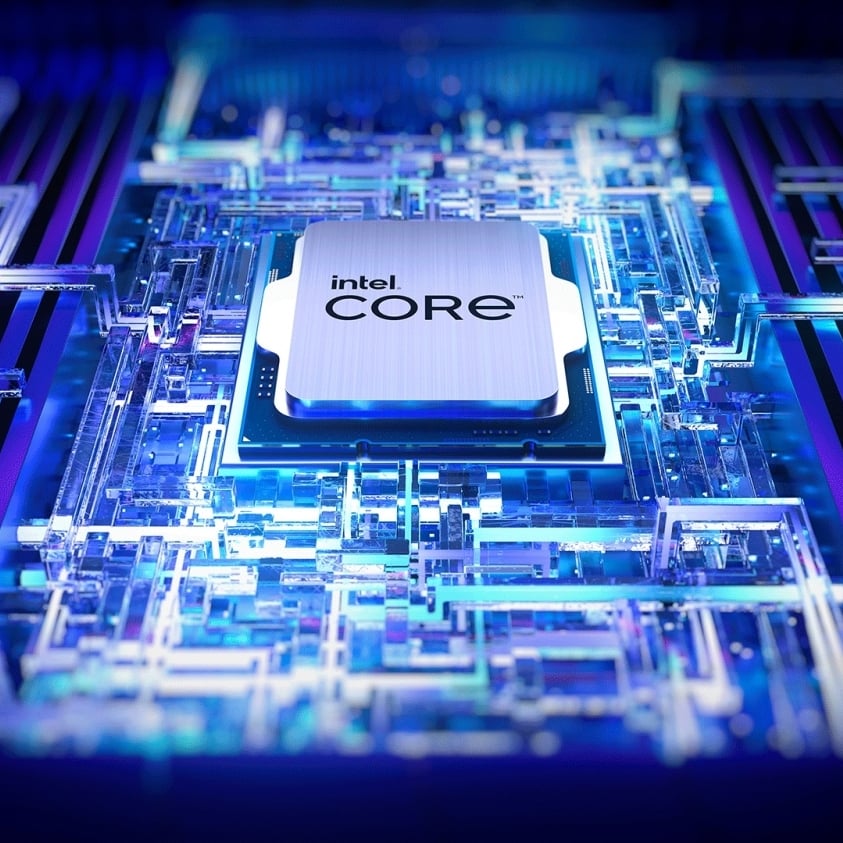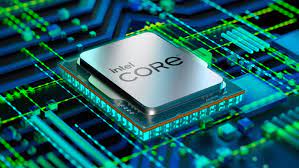In the world of computer chips, Intel has been using a technology called Hyper-Threading for over 20 years. It’s a way for a single physical core in a processor to do more than one thing at a time, kind of like multitasking. This makes the chip better at handling multiple tasks at once, which is great for things like gaming and running lots of programs together. But, it’s not as good as having more physical cores, which are like the brains of the chip, because those have more resources to work with.

Photo from Google
AMD’s SMT vs. Intel’s Hyper-Threading: The Battle of Multithreading Technologies Takes a New Turn
Intel’s rival, AMD, tried something similar called Clustered Multi-threading, but it didn’t work out well. Instead, AMD later used a version of Hyper-Threading in their chips called SMT, which stands for Simultaneous Multi-threading, just like Intel’s Hyper-Threading.
Now, Intel is changing things up. They’re working on a new generation of processors, like the Lunar Lake for laptops and Arrow Lake for desktops, that won’t have Hyper-Threading anymore. This means each physical core will only be able to do one thing at a time instead of two. It’s like taking away one of the chip’s abilities to multitask.
READ ALSO: Virginia Trade School Horror: Fatal Stabbing Leaves One Dead, Another Critical
Trading Multitasking for Power Boost in Next-Gen Processors
This change might sound like a step backward, but Intel has its reasons. They might be focusing more on making each core faster and more powerful instead of trying to do multiple things at once with Hyper-Threading. It’s like having a car with fewer seats but a bigger engine – it can go faster even if it can’t carry as many passengers.
Overall, Intel’s decision to move away from Hyper-Threading could mean big changes for how their chips work. It’s like they’re shaking things up in the world of computer processors, and it’ll be interesting to see how it all plays out in the future.
READ ALSO: YSL RICO Case: Attorney Nicole Fegan Arrested For Alleged Gang Activity And Tampering With Evidence

















































